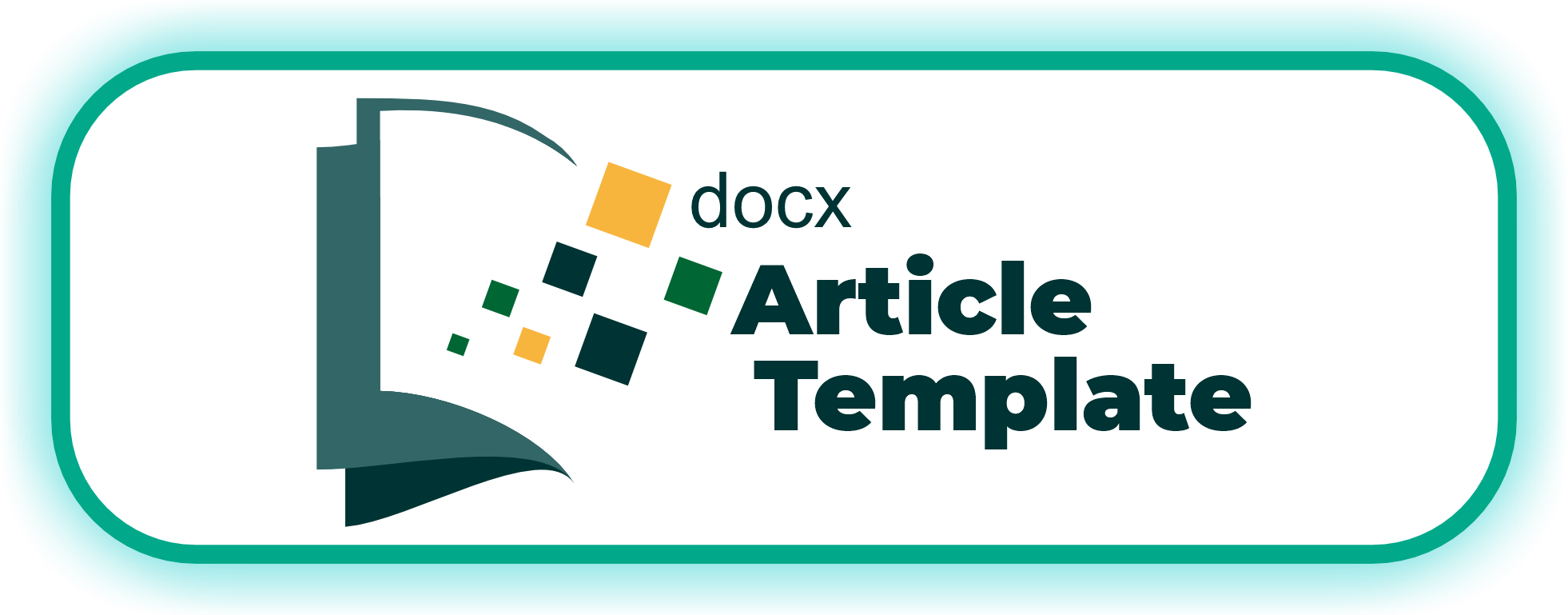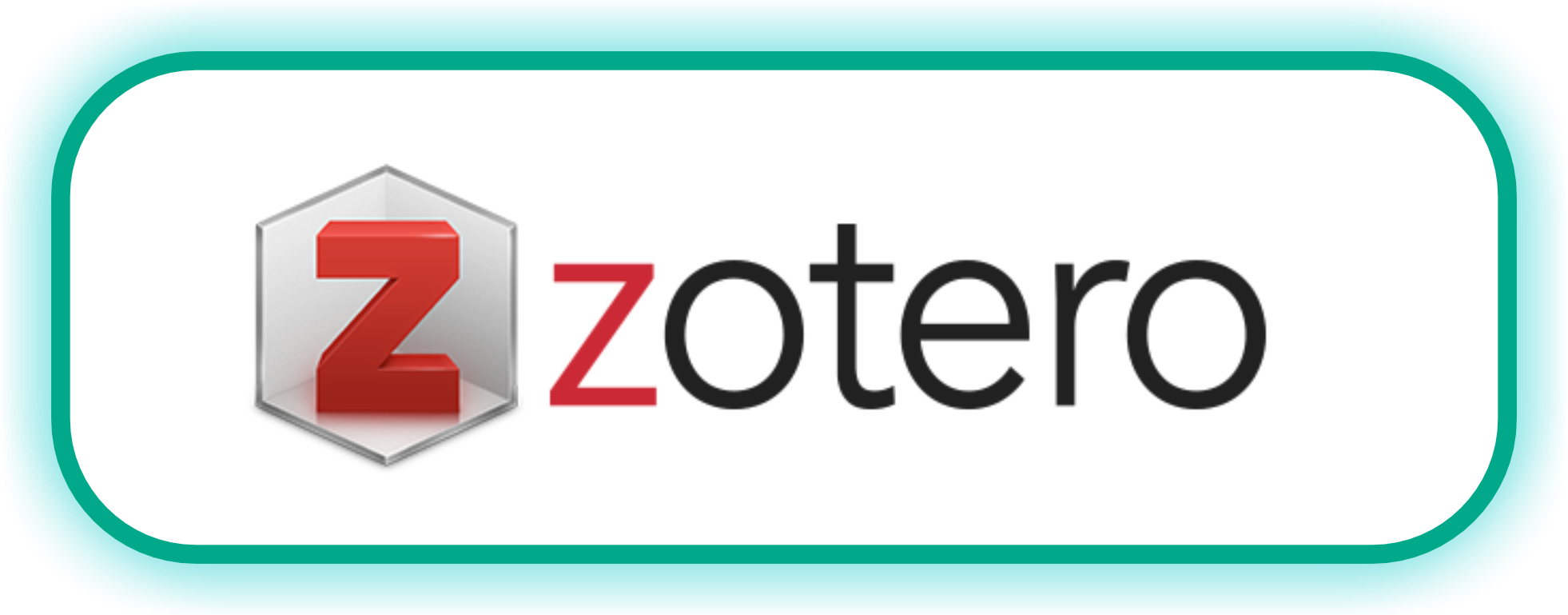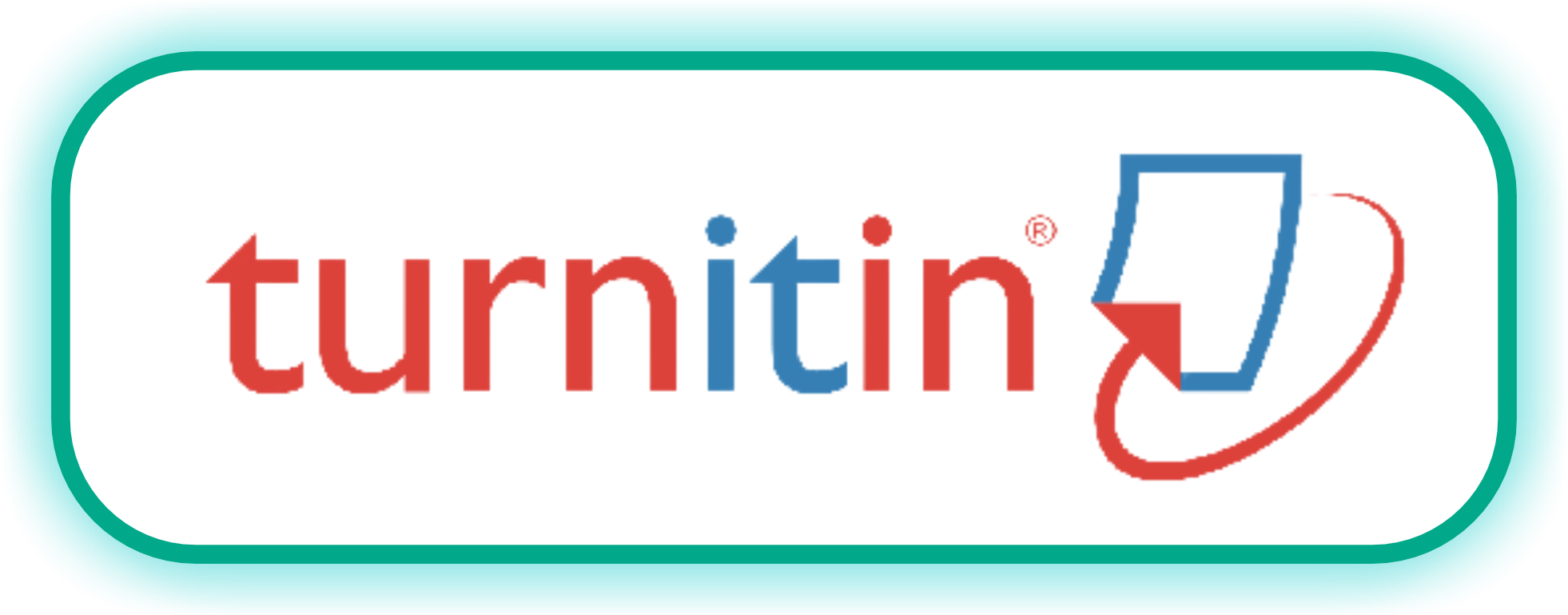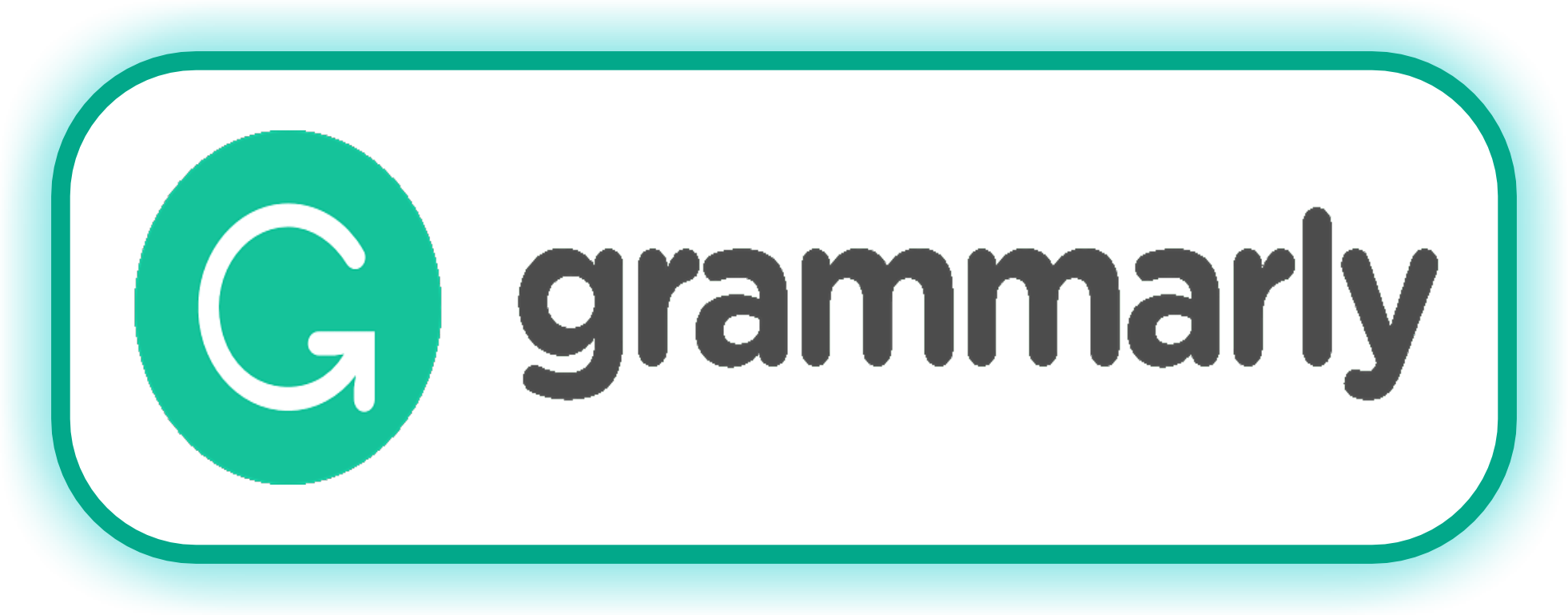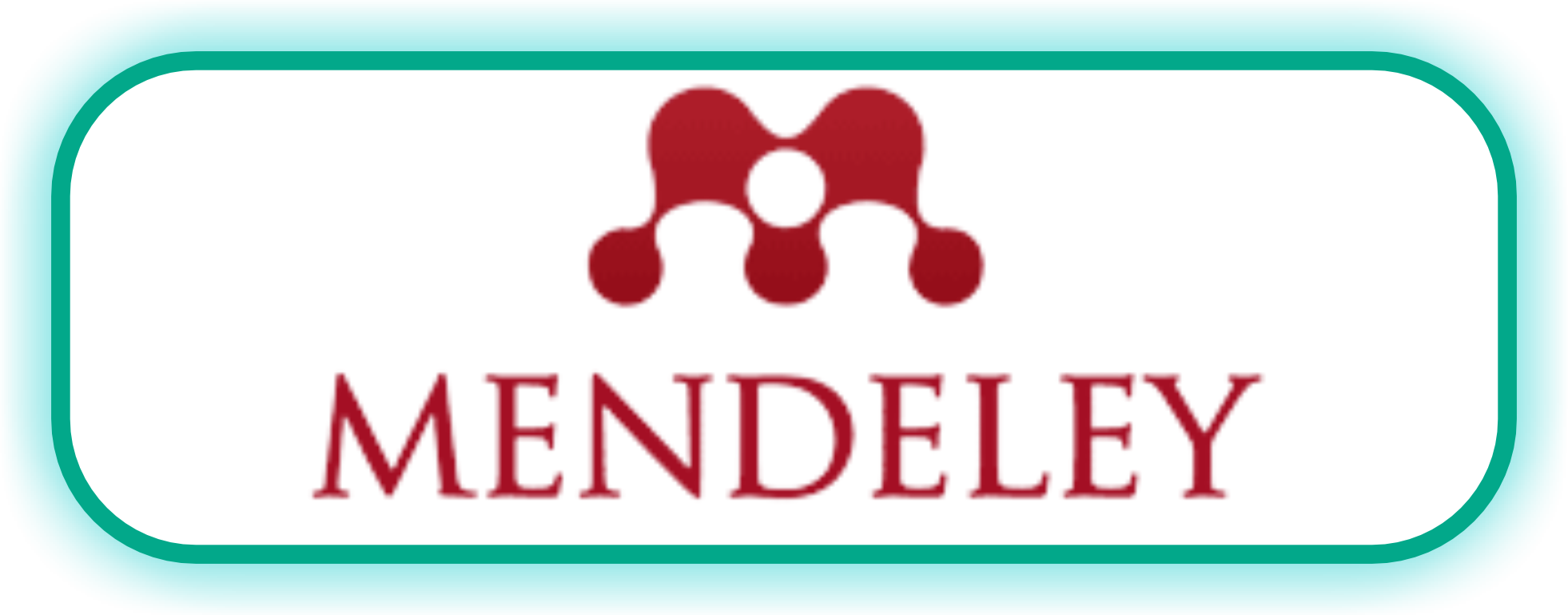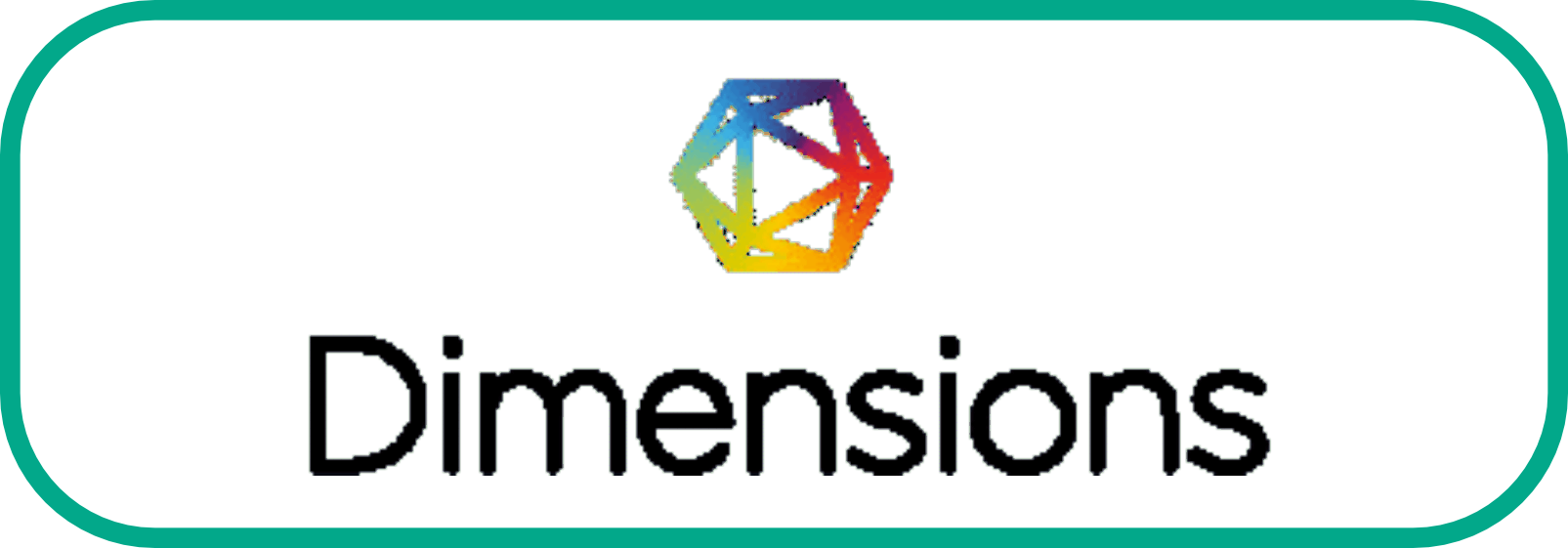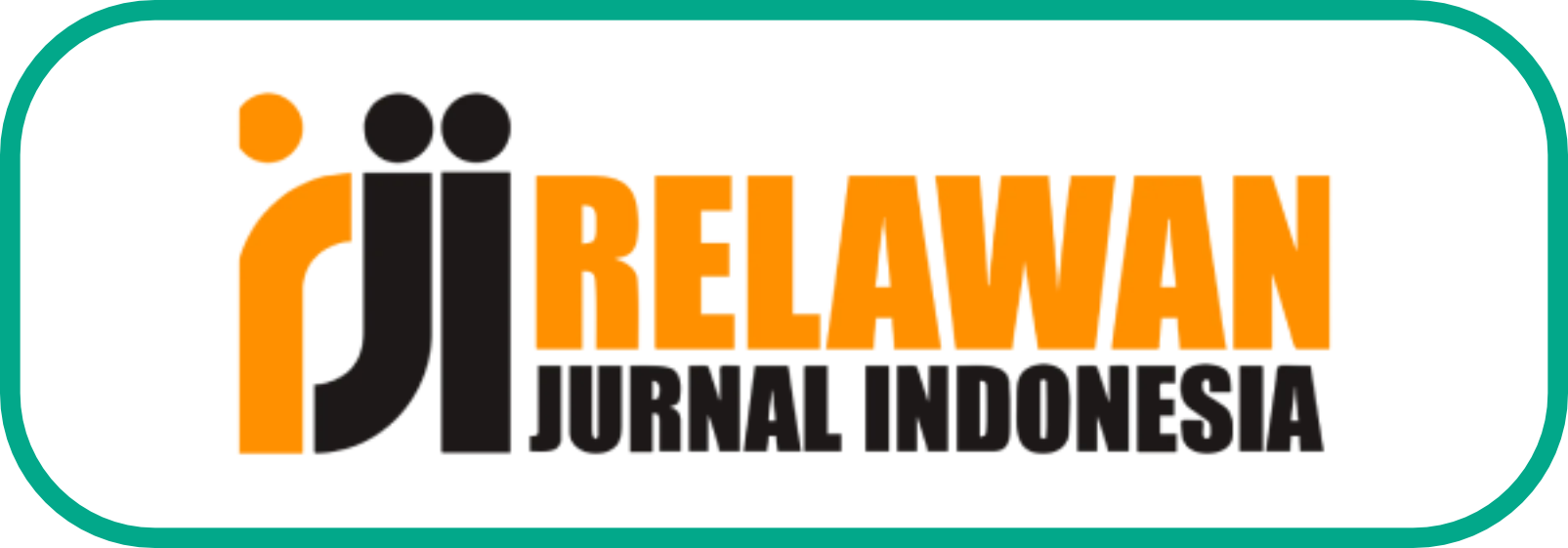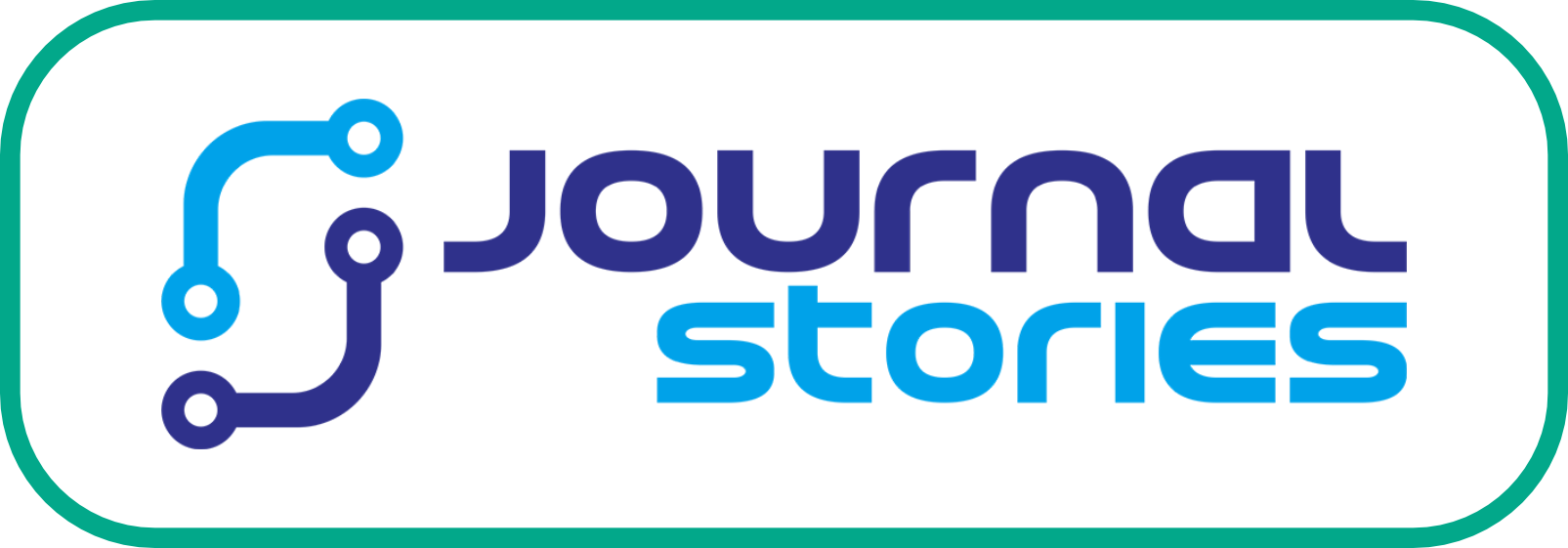MENINGKATAN AKTIVITAS BELAJAR DAN HASIL BELAJAR SISWA MELALUI METODE PROBLEM BASED LEARNING(PBL) MODEL KOOPERATIF DI KELAS XII IPA-6 SMA NEGERI 1 LUBUK SIKAPING
Sari
The aim of this research is to improve learning activities and student learning outcomes through the
method of Problem Based Learning (PBL) cooperative model in the application of the concept of
redox and electrochemical reactions in class XII IPA 6 SMAN 1 LubukSikaping the academic year
2016/2017. This research was conducted by two cycles in class XII IPA-6 with the number of
students 34 people. The learning process was observed in the form of activities and student learning
outcomes by using observation sheet and test results. Student activity was observed using the
observation sheet with five indicators. The observation of learning outcomes utilized four items
description in one cycle and multiple choices as much as 25 points in the two cycle. Based on the
observation of data observer towards the students’ activities in the learning process,student activity
on one siklus was obtained 52.3% dramatically increasing to 75.5 % in two cycle. The resultof
learning was obtained by classical completeness value of 61.3% in first cycle to 90% in second
cycle.The observation of student activity has exceeded the criteria above 75% and the study has
shown 90% of students who were completed with classical. The aforementioned evidences reveal
that the PBL method can increase the activity of students in the learning of redox reaction and can
improve student learning outcomes classical completeness.
Keyword: Problem Based Learning (PBL), activity and learning outcomes
Teks Lengkap:
PDFReferensi
Arends, R. 2008. Learning to Teach (Belajar untuk Mengajar). Edisi Ketujuh, Buku II.
Penerjemah Helly Prajitno Soetjipto. Yogyakarta: Pustaka Pelajar.
Depdiknas. 2007. Perencanaan Pembelajaran Ilmu Pengetahuan Sosial. Modul Materi Pelatihan
Terintegrasi. Jakarta: Direktorat PLP, Depdiknas
Hamalik, Umar. 2008. Proses Belajar Mengajar. Jakarta: Bumi Aksara
Kemendikbud, 2016. Modul materi Pokok Kimia, Dirjen Dikdasmen, PSMA, Jakarta.
Kusnadi, M. Masykuri, dan Sri Mulyani. 2013. Pembelajaran Kimia dengan Problem- based
Learning (PBL) Menggunakan Laboratorium Real dan Virtual Ditinjau dari Kemampuan
Matematik dan Kemampuan Berpikir Abstrak Siswa. Jurnal Inkuiri, ISSN; 2252-7893.vol 2,
No 2 2013 (hal 163-172) http://jurnal.fktp.uns.ac.id/index.php/sains
Lufri, Arlis, Yuslidar Yunus, Sudirman, 2006. Strategi Pembelajaran Biologi. Buku Ajar. Padang:
Jurusan Biologi FMIPA UNP
Saptono Nugrohadi. 2015. “Menumbuhkan Jiwa Kewirausahaan, Sikap Hidup Sehat dan
Pemahaman Siswa pada Konsep Kimia Karbon Melalui Penerapan Praktikum
Terintegrasi sebagai Model PBL” Penelitian Tindakan Kelas, Salatiga, Jawa Tengah.
Sudjana,Nana. 2008. Dasar – Dasar Proses Belajar Mengajar. Bandung: Sinar Baru Algensindo.
Sujana. 2005. Penilaian Hasil ProsesBelajar Mengajar. Bandung: PT Remaja Rosdakarya.
Trianto. 2007. Model-Model Pembelajaran Inovatif Berorientasi Konstruktivis. Jakarta : Prestasi
Pustaka.
Wulandari, Bekti, Dwi Suryono, Herman, 2013. ”Pengaruh Problem-Based Learning terhadap
Hasil Belajar Ditinjau dari Motivasi Belajar PLC di SMK”. Jurnal Pendidikan Vokasi, Vol
, nomor 2, Juni 2013.
DOI: https://doi.org/10.33559/mi.v12i4.732
Article Metrics
Sari view : 98 timesPDF - 95 times
Refbacks
- Saat ini tidak ada refbacks.
##submission.copyrightStatement##
INDEXED BY :
Lembaga Penelitian & Pengabdian Masyarakat (LPPM). Universitas Muhammadiyah Sumatera Barat
Jl. Pasir Kandang No.4, Pasie Nan Tigo, Kec. Koto Tangah, Kota Padang, Sumatera Barat 25586.
Email : lppmumsb@gmail.com
 This work is licensed under a Creative Commons Attribution-ShareAlike 4.0 International License.
This work is licensed under a Creative Commons Attribution-ShareAlike 4.0 International License.

